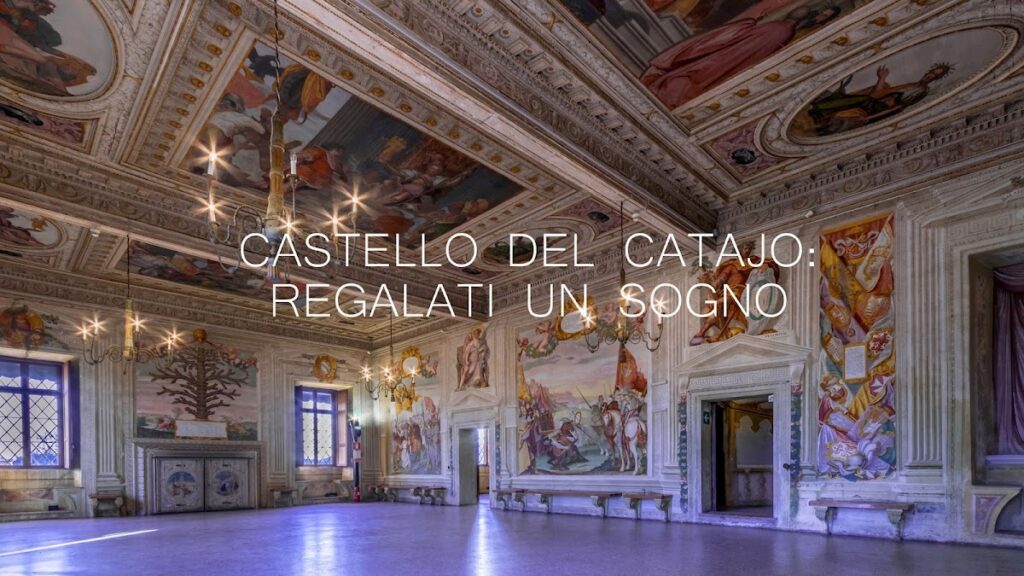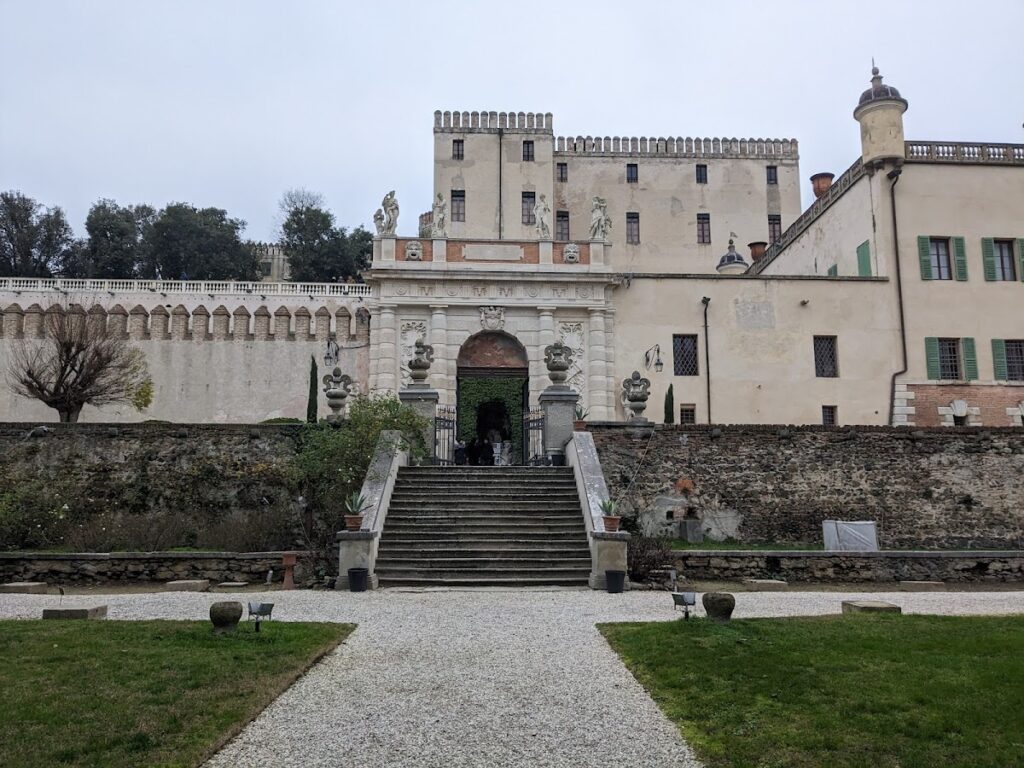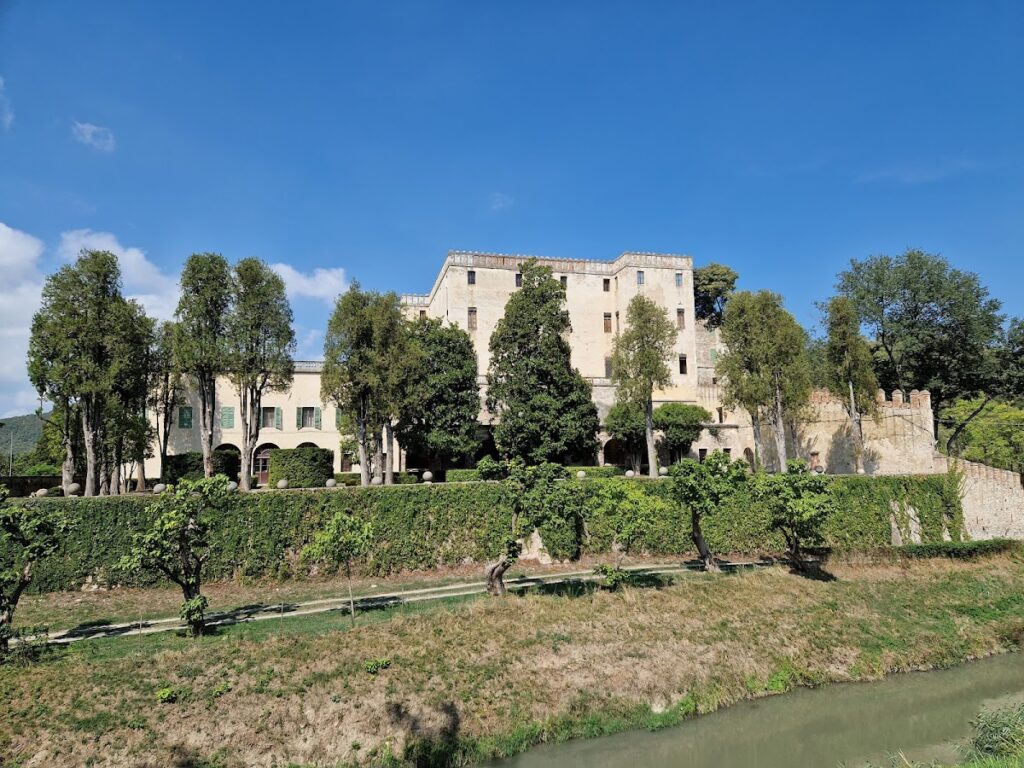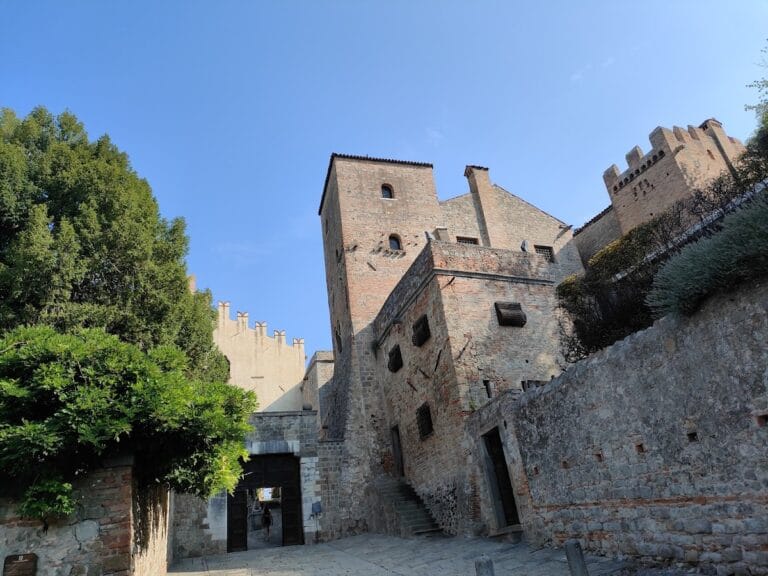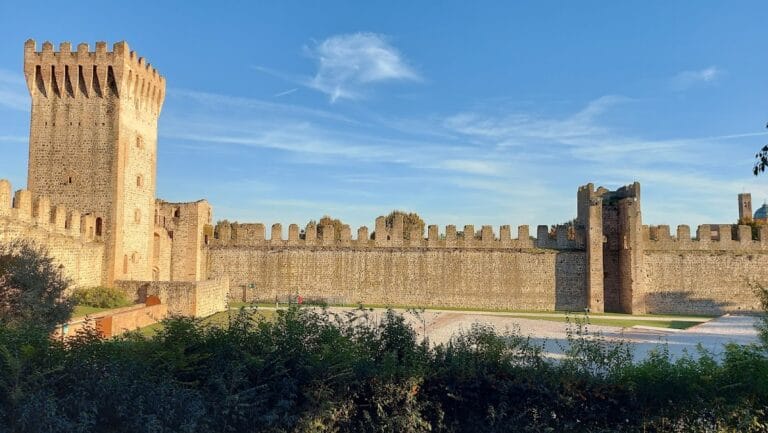Castello del Catajo: A Historic Italian Castle and Museum
Visitor Information
Google Rating: 4.6
Popularity: Medium
Google Maps: View on Google Maps
Official Website: www.castellodelcatajo.it
Country: Italy
Civilization: Unclassified
Remains: Military
History
Castello del Catajo is located near the town of Battaglia Terme in Italy. The site originated as a grand residence dating back to the late 15th or early 16th century, built by the Italian noble family known as the Pio da Correggio. Initially called the “Casa di Beatrice,” it served as a summer home for Beatrice Pio da Correggio, a well-educated woman who hosted an influential literary circle in this setting.
The castle’s transformation into its current monumental form began in the late 16th century under Pio Enea I Obizzi, a member of the Obizzi family whose ancestors arrived from Burgundy with Emperor Henry II in 1007. Having first settled near Lucca, the Obizzis later established themselves within territories controlled by the Venetian Republic. Between 1570 and 1573, Pio Enea I expanded the building into what became known as the Castel Vecchio, probably designed by the architect Andrea da Valle. Further enlargement of the structure occurred in the 17th century under Pio Enea II Obizzi, who added the Cortile dei Giganti courtyard and a small theater with sixteen boxes—one of the earliest roofed theaters constructed in the Venetian region.
During the 18th century, Tommaso Obizzi enriched the castle by creating a long gallery intended to house the family’s extensive art collections, which he made accessible to the public, effectively establishing one of the earliest private museums. With the extinction of the Obizzi male line in 1803 after Marquis Tommaso’s death, ownership passed to the Dukes of Modena and Reggio, members of the Habsburg-Este family. They transformed Castello del Catajo into a ducal palace and a summer retreat for Austrian emperors.
In the 19th and early 20th centuries, the castle was associated with notable Habsburg figures, including Archduke Franz Ferdinand, who used it as a hunting lodge. After his assassination in 1914, the estate was inherited by Emperor Karl I and Empress Zita. During this period, many valuable items from the castle’s collection, including part of the Parthenon frieze and various musical instruments, were transferred to prominent institutions in Vienna such as Konopiště Castle, the Hofburg, and the Kunsthistorisches Museum.
Following the end of World War I, the castle was assigned to the Italian government as part of war reparations. In 1929, it was sold to the Dalla Francesca family, who repurposed the building into a tobacco farm that operated until the 1970s. The site was later opened as a museum in 1994. In 2016, a new owner began restoration work, including the 2018 renovation of the Cortile dei Giganti courtyard, which uncovered original 17th-century frescoes by Pietro Antonio Cerva and Ippolito Ghirlanda.
Remains
Castello del Catajo presents a unique architectural blend of a military fortress and a princely villa, designed to host grand events, theatrical performances, and formal gatherings for European nobility. Its layout includes an impressive entrance portal transformed into a triumphal arch during the 18th century by Tommaso Obizzi. This portal leads into the Cortile dei Giganti, a large courtyard that once accommodated theatrical spectacles and tournaments, including aquatic displays made possible by a lower section designed for flooding.
Opposite the main entrance stands the Elephant Fountain, erected in the late 17th century by Pio Enea II Obizzi. This sculptural feature combines mythological themes associated with Bacchus, the Roman god of wine, with exotic elements reflecting contemporary tastes. The castle also features external staircases built to allow riders to ascend on horseback, while an internal staircase exposes the castle’s foundation resting directly on the live trachytic volcanic rock characteristic of the Euganean Hills.
The main floor, or piano nobile, houses one of the most significant series of Renaissance frescoes in northern Italy. Painted by Giovanni Battista Zelotti, these murals span about forty panels across six rooms and recount the history and heroic deeds of the Obizzi family. Among these, the large frescoed hall includes a detailed family tree starting from founder Obicio I to Pio Enea I and battle scenes from various crusades, accompanied by inscriptions in Italian and Latin. The ceiling of this hall is decorated with allegorical representations of three forms of government—Democracy symbolized by Rome, Aristocracy by Venice, and Monarchy by religion—alongside figures personifying causes and virtues. Five additional rooms on the same floor continue to depict episodes from the family’s history, with allegorical iconography over ceilings and doorways enhancing the narratives.
One distinct feature of the castle is a neogothic private chapel constructed entirely of wood in 1838 for the visit of Austrian emperors. This small chapel is richly decorated with vivid paintings and gilding, offering a striking contrast to the stone and frescoed surroundings.
Local history recounts the tragic murder of Lucrezia Obizzi in the 17th century, commemorated by the so-called “blood-stained stone” within the castle grounds. This event has inspired ghost stories that contribute to the castle’s enigmatic reputation.
From the grand hall, terraces offer extensive views across the surrounding Euganean Hills and the castle’s formal gardens and parkland. The landscaped grounds include a fishpond and several ancient trees, including sequoias and magnolias, among the earliest specimens introduced to Europe from America. The Giardino delle Delizie garden features a restored historic rose garden exhibiting varieties cultivated from the 16th to the 20th century, reestablished in recent years to preserve this living collection of botanical heritage.
